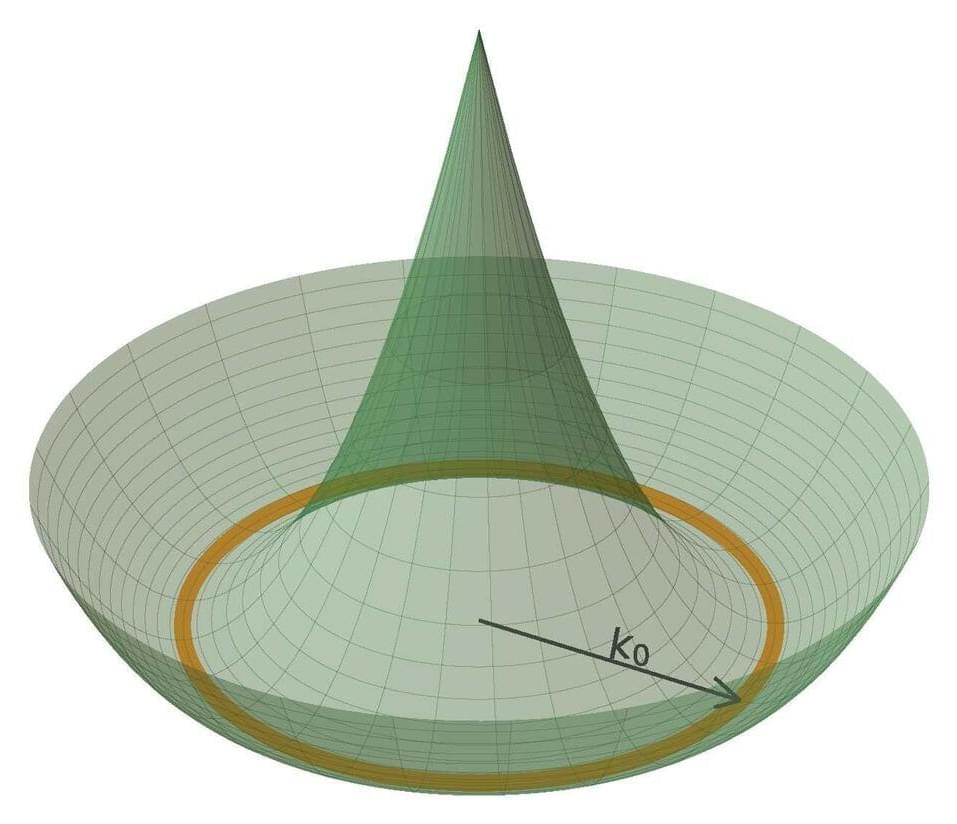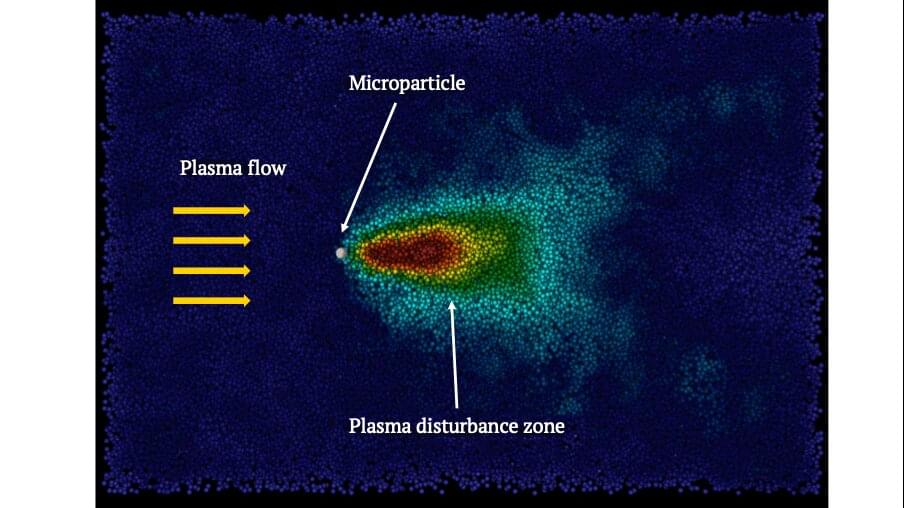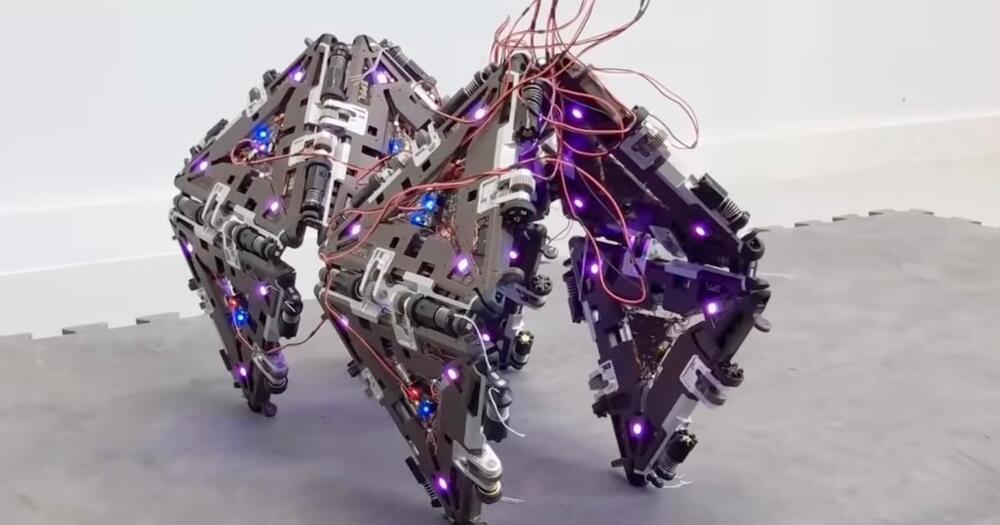Later this year, the Pentagon aims to launch Navigation Technology Satellite-3, which could help make the nation’s vital GPS architecture more robust.




A counterintuitive facet of the physics of photon interference has been uncovered by three researchers of Université libre de Bruxelles, Belgium. In an article published this month in Nature Photonics, they have proposed a thought experiment that utterly contradicts common knowledge on the so-called bunching property of photons. The observation of this anomalous bunching effect seems to be within reach of today’s photonic technologies and, if achieved, would strongly impact on our understanding of multiparticle quantum interferences.
One of the cornerstones of quantum physics is Niels Bohr’s complementarity principle, which, roughly speaking, states that objects may behave either like particles or like waves. These two mutually exclusive descriptions are well illustrated in the iconic double-slit experiment, where particles are impinging on a plate containing two slits. If the trajectory of each particle is not watched, one observes wave-like interference fringes when collecting the particles after going through the slits. But if the trajectories are watched, then the fringes disappear and everything happens as if we were dealing with particle-like balls in a classical world.
As coined by physicist Richard Feynman, the interference fringes originate from the absence of “which-path” information, so that the fringes must necessarily vanish as soon as the experiment allows us to learn that each particle has taken one or the other path through the left or right slit.


Clinical stage generative AI-driven drug discovery company Insilico Medicine has today published a paper on a new multimodal transformer-based aging clock; the new clock is capable of processing diverse data sets and providing insights into biomarkers for aging, mapping them to genes relevant to both aging and disease, and discovering new therapeutic targets to slow or reverse both aging and aging-related diseases.
Insilico calls the aging clock Precious1GPT, in a nod to the powerful “One Ring” in Tolkien’s Lord of the Rings; the findings have been published in the journal Aging.
Longevity. Technology: Insilico has been at the forefront of both generative AI and aging research, and has been publishing studies on biomarkers of aging using advanced bioinformatics since 2014. Later, the company trained deep neural networks (DNNs) on human “multi-omics” longitudinal data and retrained them on diseases to develop its end-to-end Pharma. AI platform for target discovery, drug design, and clinical trial prediction.

Select packages of frozen fruit sold at H-E-B, Costco and Walmart in Texas are being recalled due to a potential risk of Hepatitis A contamination.
Willamette Valley Fruit Co. is recalling bags of frozen fruit that contain strawberries grown in Mexico.
The recall affects Great Value Sliced Strawberries, Great Value Mixed Fruit, Great Value Antioxidant Blend, Rader Farms Organic Fresh Start Smoothie Blend, and Rader Farms Organic Berry Trio distributed by H-E-B, Costco, and Walmart.

A team of physicists, including University of Massachusetts assistant professor Tigran Sedrakyan, recently announced in the journal Nature that they have discovered a new phase of matter. Called the “chiral Bose-liquid state,” the discovery opens a new path in the age-old effort to understand the nature of the physical world.
Under everyday conditions, matter can be a solid, liquid or gas. But once you venture beyond the everyday—into temperatures approaching absolute zero, things smaller than a fraction of an atom or which have extremely low states of energy—the world looks very different. “You find quantum states of matter way out on these fringes,” says Sedrakyan, “and they are much wilder than the three classical states we encounter in our everyday lives.”
Sedrakyan has spent years exploring these wild quantum states, and he is particularly interested in the possibility of what physicists call “band degeneracy,” “moat bands” or “kinetic frustration” in strongly interacting quantum matter.


Understanding the mechanisms of interaction between plasma and microparticles is of a critical importance in various fields, including astrophysics, microelectronics, and plasma medicine. A common experimental approach for studying interactions between plasma and microparticles is to place microparticles in a flowing plasma of a gas discharge. In order to achieve a more accurate understanding of the processes occurring in such systems, scientists need fast and efficient tools for calculating forces acting on microparticles in a plasma flow.
Typically, plasma-physicists have to independently develop software tailored to a specific task, which is a significant investment of time and resources. Existing open-source programs frequently encounter challenges related to installation, documentation, and sluggish performance. A group of scientists from the JIHT, the HSE and, MIPT have developed a novel solution: a fast, open-source code which is easy to install and extensively documented.
The outcome—OpenDust—performs ten times faster than existing analogues. In order to accelerate calculations, the algorithm uses multiple GPUs simultaneously.

NASA is focusing increasingly on interplanetary missions to faraway places like Mars, and such highly ambitious voyages will require robotic equipment to assist astronauts with a range of tasks.
With that in mind, a team of researchers at the Ecole Polytechnique Fédérale de Lausanne (EPFL) in Switzerland is developing a remarkable robot called Mori3 that’s capable of changing its size, shape, and function, morphing from 2D triangles into almost any 3D object. You can see it in action in the video above.